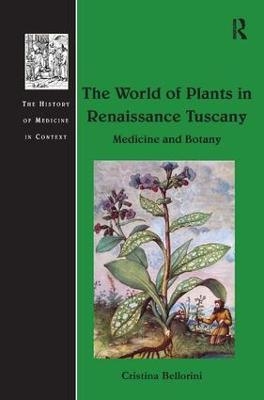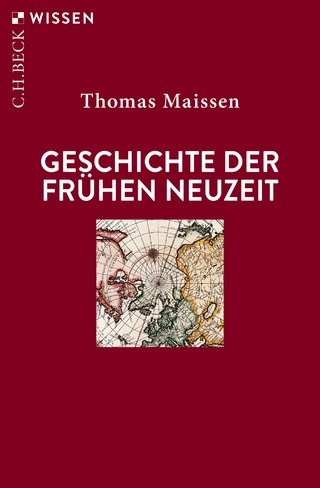
The World of Plants in Renaissance Tuscany
Routledge (Verlag)
978-1-4724-6622-8 (ISBN)
Cristina Bellorini received her PhD from the History Department at Birkbeck College, University of London. Her current research project is a study of sixteenth-century agrarian and horticultural history in Italy, based on archival sources in Florence and Milan.
Contents
Acknowledgements
List of Illustrations
List of Tables
List of Abbreviations
Introduction
Chapter 1
Plants and Medicine at the Court of Cosimo,
Francesco, and Ferdinando de’ Medici
The Construction of a Cultural Identity
The Importance of the Name Medici:
Cosmas and Damian
The Grand Dukes’ Commitment to Medicine
The Fonderie
Plants and Gardens
Conclusion
Chapter 2
Medical Botany at the Re-founded University of Pisa
Cosimo I’s Cultural Project and the University
Luca Ghini and the New Teaching of materia medica
Ghini’s Placiti and Lectures
Andrea Cesalpino
Cesalpino’s Herbarium (1563): A First Attempt
at Plant Classification
Cesalpino’s De plantis
Conclusion
Chapter 3
New Ways of Studying Plants
Gardens of Simples
Herbaria
Field Trips
Botanical Illustration
Cosimo’s Scrittoio
Brunfels and Fuchs
The Debate on Images
Iacopo Ligozzi
Conclusion
Chapter 4
Plants from the New World
The New plants
Florence and Discovery
American Plants in the Nuovo ricettario fiorentino
Luca Ghini on the French Disease
Gabriele Falloppio’s Tractatus de morbo gallico
New plants in Mattioli’s Discorsi
Nicolas Monardes’s Historia Medicinal
American Plants in Cesalpino’s De Plantis
Conclusion
Chapter 5
The Nuovo ricettario fiorentino
and the Understanding of Therapy
The First Edition of the Nuovo ricettario fiorentino
The Evolution of the Ricettario
The Penetration of Paracelsus’s Theories into Tuscany
Plants and Chemistry: Distillation
Plants and Therapy in Paracelsus’s Herbarius
The Doctrine of Signatures
Conclusion
Chapter 6
Theory and Practice
Medical Practice in the Faculty of Medicine
Three Texts of Mercuriale on Quartan Fever
Some Cases of Fever in the Medici Family
Cosimo I’s Illness in 1572
The Account Books of the Speziale al Giglio
Simples
Medicines
Conclusion
Conclusion
Bibliography
| Erscheinungsdatum | 16.02.2016 |
|---|---|
| Reihe/Serie | The History of Medicine in Context |
| Verlagsort | London |
| Sprache | englisch |
| Maße | 156 x 234 mm |
| Gewicht | 742 g |
| Themenwelt | Geschichte ► Allgemeine Geschichte ► Neuzeit (bis 1918) |
| Geisteswissenschaften ► Geschichte ► Regional- / Ländergeschichte | |
| Studium ► Querschnittsbereiche ► Geschichte / Ethik der Medizin | |
| Naturwissenschaften ► Biologie ► Botanik | |
| ISBN-10 | 1-4724-6622-5 / 1472466225 |
| ISBN-13 | 978-1-4724-6622-8 / 9781472466228 |
| Zustand | Neuware |
| Haben Sie eine Frage zum Produkt? |
aus dem Bereich


